Satellite images reveal Kim Jong-un’s very active secret nuclear warhead factory
New satellite images capture an undisclosed and ‘very active’ nuclear weapons factory in North Korea.
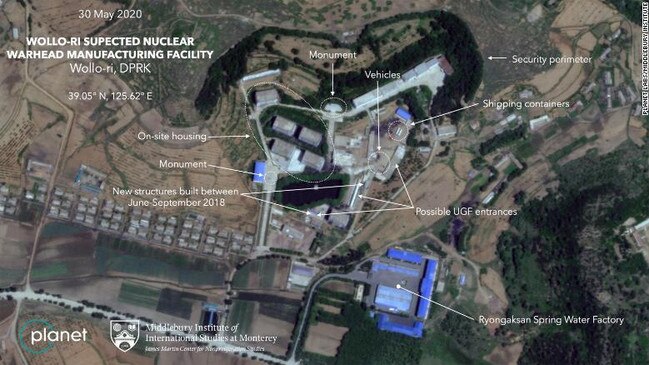
Satellite photographs have revealed what experts believe to be a previously unknown North Korean nuclear weapons factory, a few miles from the heart of Kim Jong-un’s regime in Pyongyang.
A team of American academics has identified a semi-underground base at Wollo-ri, in countryside just thirteen kilometres west of the centre of the capital.
The existence of the nuclear warhead factory further undermines claims by President Trump to have defused the North Korean nuclear threat after his first summit meeting with Mr Kim two years ago.
Mr Trump’s chief negotiator with North Korea met South Korean officials in Seoul yesterday to discuss the prospects for restarting failed talks on denuclearisation.
However, more than a year after the president’s last encounter with Mr Kim, Pyongyang has given every indication that its patience is exhausted and the door is closed. The discovery of Wollo-ri is a reminder that, although he not carried out a test since 2017, Mr Kim’s nuclear production line continues to operate.
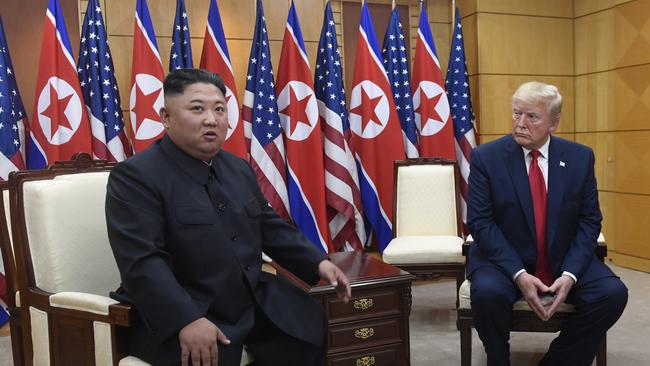
According to Kim Jong Un and the Bomb, a new book by Ankit Panda, an American North Korea expert, American intelligence agencies have privately concluded that Wollo-ri is the site of nuclear warhead manufacturing. The site has been identified from publicly available commercial satellite photographs by experts at the Middlebury Institute of International Studies at Monterey in California.
They say that the Wollo-ri site has several features in common with other known nuclear facilities. “The site is distinguished by a strong security perimeter and what appears to be several high-rise residential buildings on site (next to a tree-lined pond),” write the four authors of a report, led by Jeffrey Lewis.
“North Korea tends to emphasise the construction of better housing as a perk for scientists and technicians involved in the nuclear and missile programmes.”
The satellite photographs also show what appear to be entrances to underground facilities, and monuments of the kind that commemorate visits by members of the Kim family. No such visit has been publicly reported in the state media, indicating the secret status of the Wollo-ri.
“The site itself is set against a hillside substantial enough to accommodate an underground facility ... and is extensively terraced,” Professor Lewis wrote. “A number of buildings could serve as entrances to such a facility.”
He told CNN: “The big thing that sticks out is all the vehicle traffic - cars, trucks, shipping containers. This factory is very active. That activity has not slowed down - not during negotiations and not now. It’s still making nuclear weapons.
“It has all the signatures of a North Korean nuclear facility - security perimeter, on-site housing, monuments to unpublicised leadership visits, and an underground facility.”
Last month, Pyongyang tore up a co-operative agreement with the US’s ally, South Korea, and blew up a joint liaison office between the two countries.
It was the culmination of months of growing North Korean annoyance with the South and the US over the failure to reach an agreement reducing international sanctions in return for steps towards denuclearisation.
It was June 2018 when Mr Kim and Mr Trump agreed in Singapore to open a new chapter in US-North Korean relations, to “build a lasting and stable peace regime on the Korean Peninsula”, and to “work toward” denuclearisation.
Afterwards, Mr Trump wrote on Twitter that “There is no longer a Nuclear Threat from North Korea.” But months of diplomacy led to no new agreement at a second summit in Vietnam or at a meeting at the North-South border last June.
Just landed - a long trip, but everybody can now feel much safer than the day I took office. There is no longer a Nuclear Threat from North Korea. Meeting with Kim Jong Un was an interesting and very positive experience. North Korea has great potential for the future!
— Donald J. Trump (@realDonaldTrump) June 13, 2018
In Vietnam, Mr Trump insisted on an “all or nothing” deal, by which the North Koreans would completely give up not only all of their nuclear arsenal, but also biological and chemical weapons.
Mr Kim said that the two sides must first build up trust through a series of lesser agreements. He offered to close down his nuclear plant at Yongbyon in return for the partial removal of international economic sanctions, which Mr Trump refused.
The question is whether Mr Kim has given up completely on hopes for diplomacy or whether last month’s fireworks are an alarmist tactic intended to bring the US back to talks. The presence in South Korea yesterday of Stephen Biegun, Mr Trump’s North Korean envoy, suggests that they may have succeeded in the latter.
“I understand they want to meet and we would certainly do that,” Mr Trump said in an interview in Washington this week. “I would do it if I thought it was going to be helpful... I have a very good relationship with [Mr Kim so it] probably would be.”
Last Tuesday, Kwon Jong Gun, of North Korea’s foreign ministry said, “Explicitly speaking once again, we have no intention to sit face to face with the US.” If and when Mr Kim does give up on Mr Trump, he knows that the time has not been completely wasted and that Wollo-ri has been quietly building his up his capacity to defy the world.
The Times

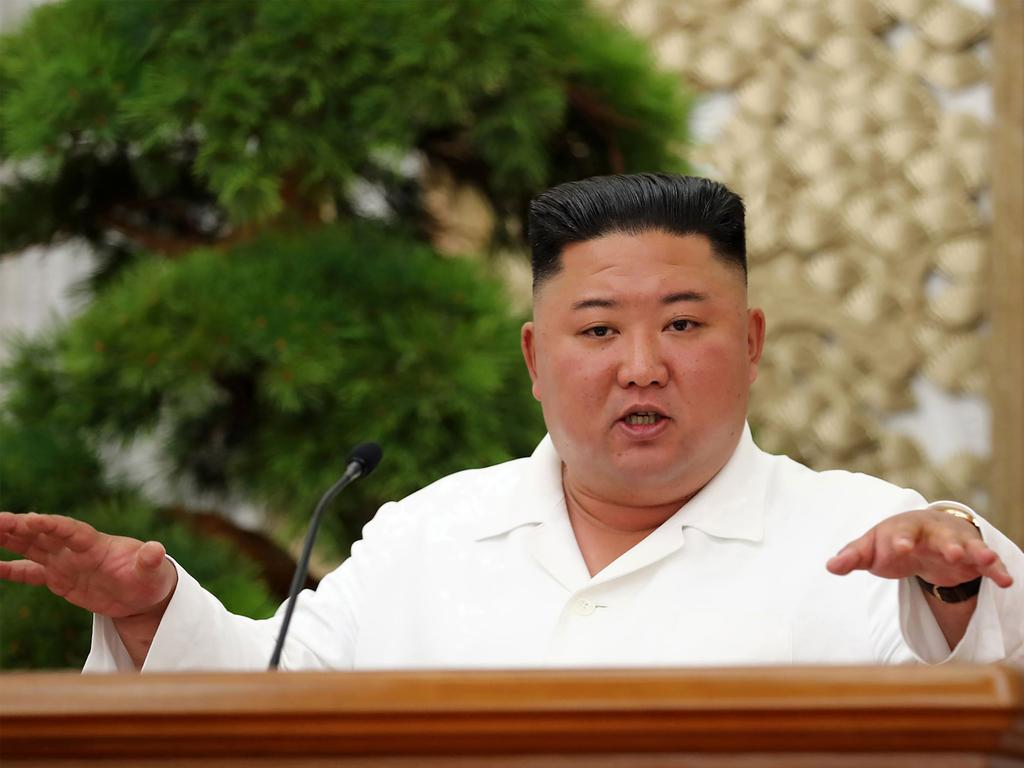
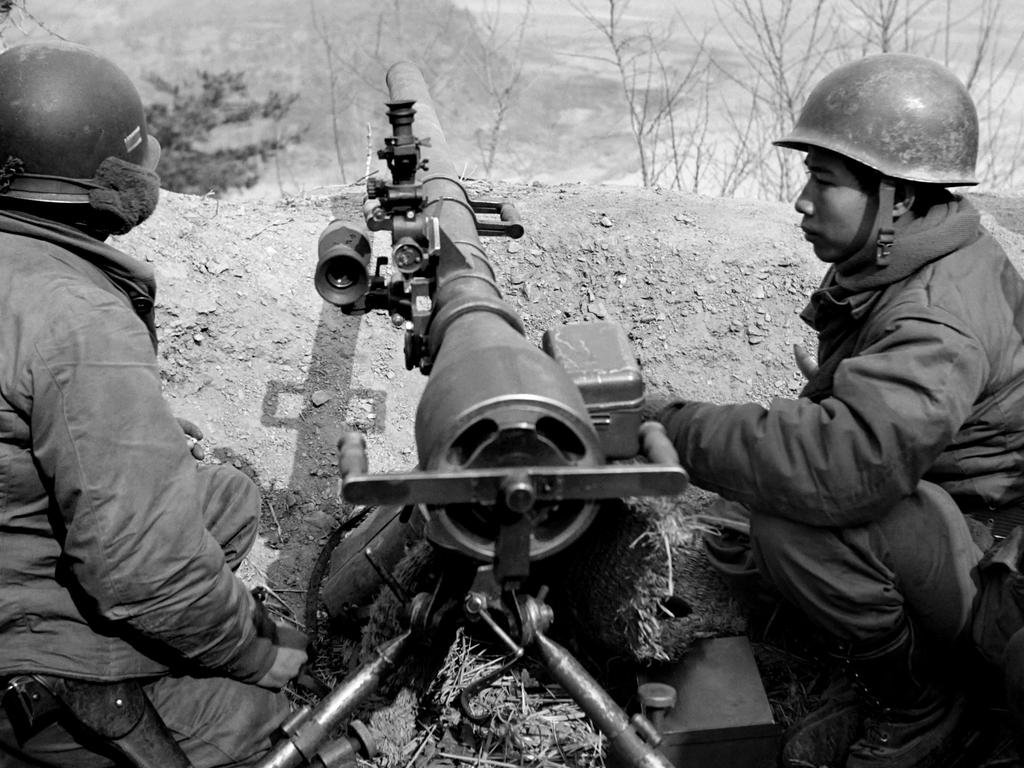
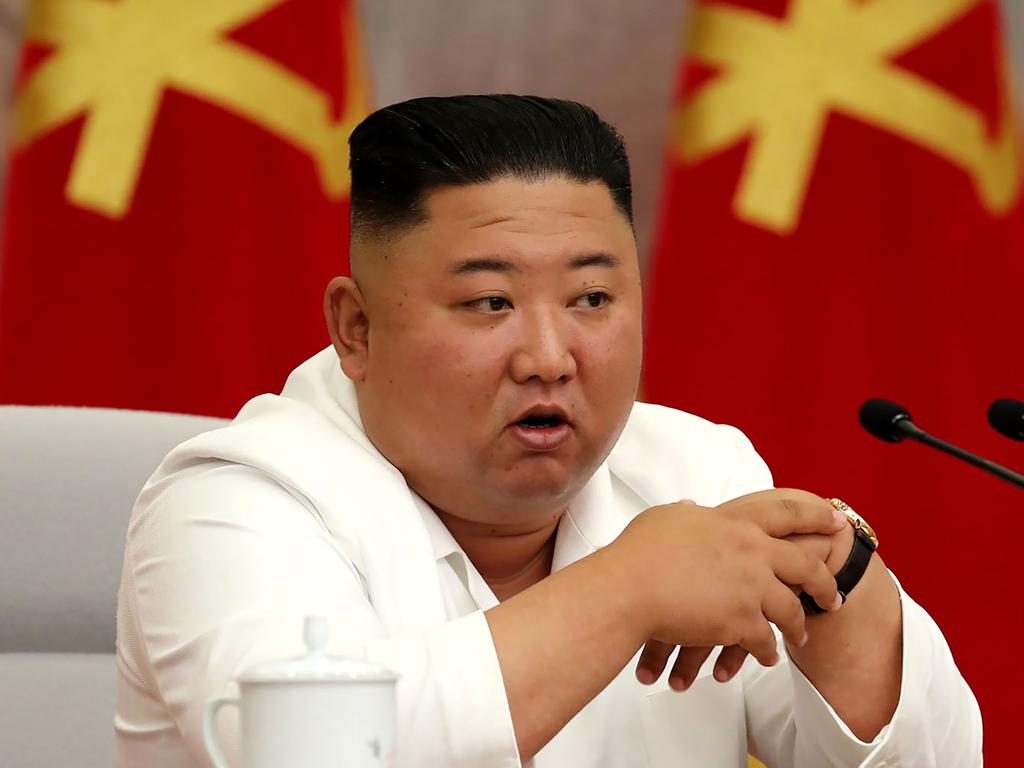
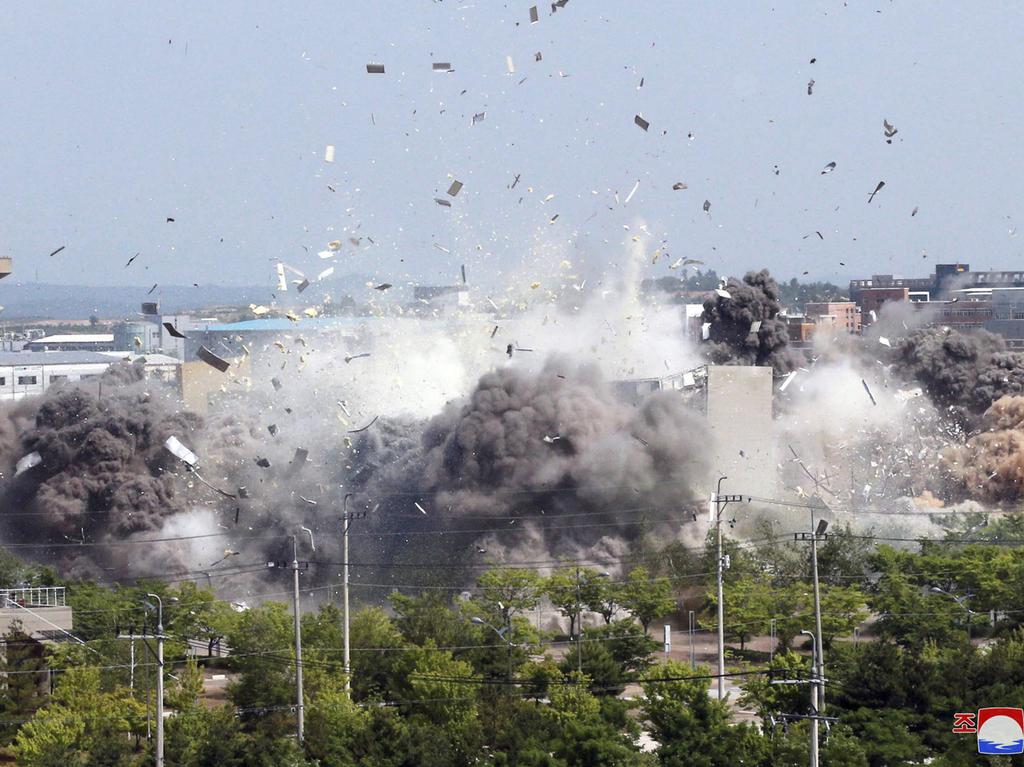


To join the conversation, please log in. Don't have an account? Register
Join the conversation, you are commenting as Logout